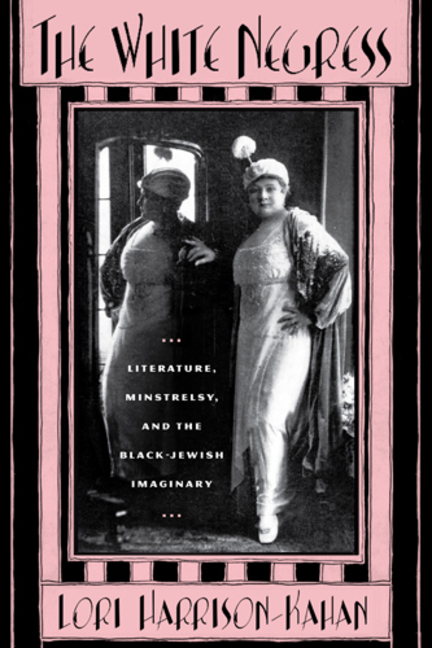The Fictive Flapper: A Way of Reading Race and Female Desire in the Novels of Larsen, Hurst, Hurston and Cather
University of Maryland, College Park
2004
391 pages
Traci B. Abbott, Lecturer, English and Media Studies
Bentley University, Waltham, Massachusetts
Dissertation submitted to the Faculty of the Graduate School of the University of Maryland, College Park, in partial fulfillment of the requirements for the degree of Doctor of Philosophy
This study seeks to reevaluate the 1920s icon of assertive female sexuality, the flapper, as represented in the novels of four women writers. Although cultural images often designate, by their very construction, normal and alteritous social categories, I argue that the flapper’s presence and popularity encourage rather than restrict this autonomy for even those female populations she appears to reject, notably lower-class women, nonwhite women, and homosexuals. Specifically, the flapper was predicated upon the cultural practices and beliefs of many of the very groups she was designed to exclude, and therefore her presence attests to the reality of these women’s experiences. Moreover, her emphasis on the liberating potential of sexual autonomy could not be contained within her strictly defined parameters in part because of her success in outlining this potential. Each chapter then focuses upon images of black and white female sexuality in the novels, chosen for their attention to female sexual autonomy within and beyond the flapper’s boundaries as well as the author’s exclusion from the flapper’s parameters. Nella Larsen’s Passing suggests that the fluidity of female sexual desire cannot be contained within strict dichotomies of race, class, or sexual orientation, and women can manipulate and perhaps even transcend such boundaries. Fannie Hurst’s Imitation of Life offers a critique of the flapper’s excessive emphasis on sexual desirability as defined by conspicuous consumption, maintaining that lower-class white and black women can and should have access to sexual autonomy, while Their Eyes Were Watching God by Zora Neale Hurston similarly questions the denigration of working-class and non-white women in this model with her affirming view of Janie Woods, but also complicates the cultural presumption that any woman can find autonomy within a heterosexual relationship if such relationships are still defined by conventional notions of gender power. Finally, Willa Cather’s last novel, Sapphira and the Slave Girl, contends modern black and white women have the right to control their own sexual needs within an unusual antebellum setting. Thus, all of these novel provide other models of sexual autonomy besides the white, middle-class, heterosexual flapper while harnessing the flapper’s affirming and popular imagery.
Read the entire dissertation here.


